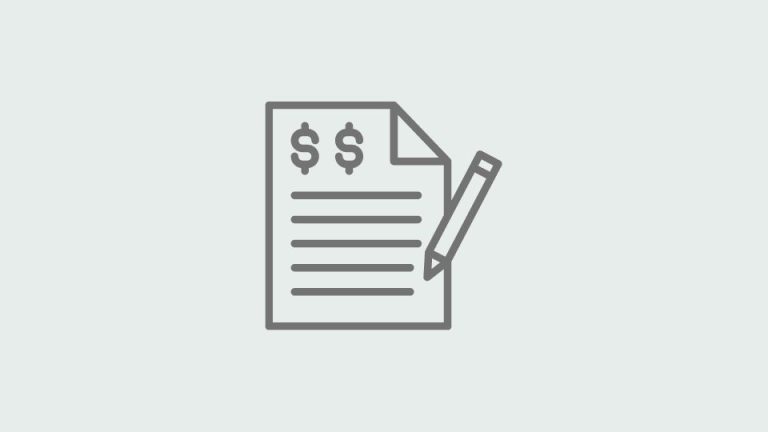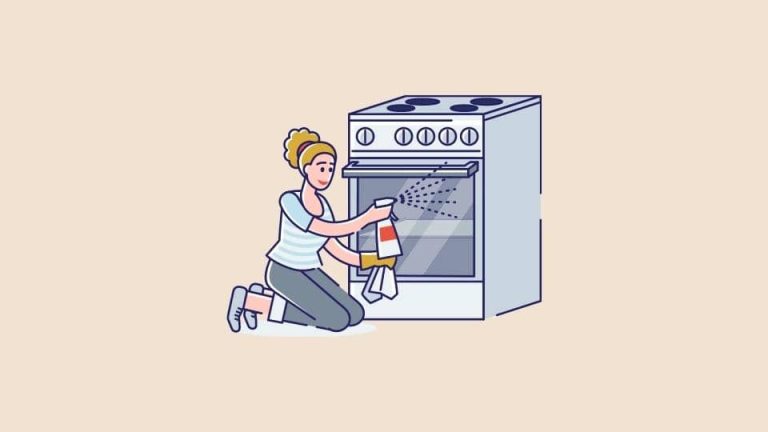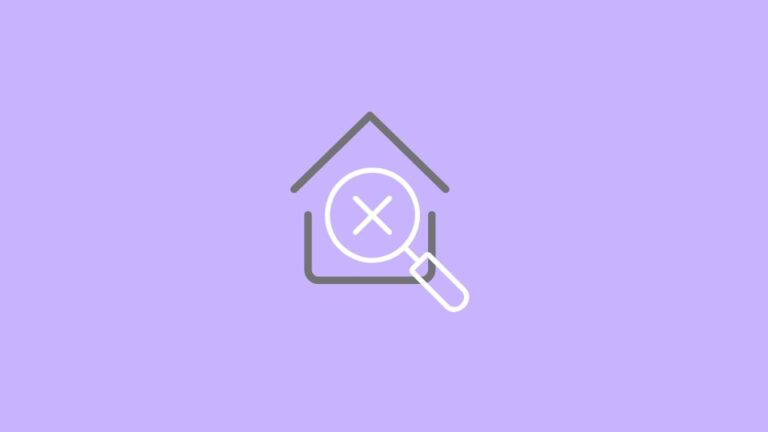Is Landlord Responsible for Snow Removal?
Winter has arrived, bringing with it the obligation of snow removal for landlords and tenants. Snow removal is essential to property maintenance, and improper handling can lead to accidents and injuries. As a landlord or renter, you should know who is responsible for snow removal and how to keep the property safe for everyone.
This article will provide an outline of landlord and tenant snow removal obligations. We will also go through state and municipal snow removal laws and ordinances and offer advice and solutions for effective snow removal at rental properties. We will also address frequently asked issues about snow removal at rental homes.
By the end of this article, you will better grasp your responsibilities and rights as a landlord or tenant when it comes to snow removal. It is critical to take this obligation seriously to ensure the safety and well-being of all those concerned. Let’s go into the specifics.
Landlord’s duty for snow removal.
Landlords must understand their duties when it comes to snow removal. Snow removal is the landlord’s responsibility in multifamily dwellings. Property owners must comply with local rules by keeping all pathways and parking places clear of snow and ice.
Hiring a reputable snow removal service is one method to satisfy these objectives effectively. Selecting a vendor with snow removal knowledge and the proper equipment to handle the job is critical. You may also get references and read reviews to ensure they have a strong reputation in the field.
Putting up a snow removal contract as soon as possible might help avoid confusion or misunderstandings. The scope of work, including the areas to be cleared, the frequency of snow removal, and the expected cost, should be clearly outlined in the contract. A contract can also safeguard you in the event of any legal complications that may emerge.
You can establish a safe environment for your renters and avoid potential legal difficulties by understanding your responsibilities as a landlord and taking the required steps to ensure effective snow removal.
Tenant’s Duty for Snow removal
You must understand your responsibilities as a tenant when it comes to snow removal. Snow removal can be delegated to tenants of single-family residences in most places. This means tenants must clean snow from sidewalks, driveways, and other areas surrounding the property.
Yet, many local laws often require landlords to be responsible for snow removal in multifamily properties. This is because determining which renter is accountable for which location can be difficult, and ensuring that all areas are appropriately cleansed can be challenging.
It is critical to familiarise yourself with local regulations to understand your responsibilities as a tenant. If you need clarification about who is responsible for snow removal, you can ask your landlord or property management firm.
Regardless of who is in charge of snow removal, it is critical to prioritize safety and keep all areas around the property free of snow and ice. This can help prevent accidents and injuries and make the environment safer for everyone involved.
Snow removal is included in the leasing agreement.
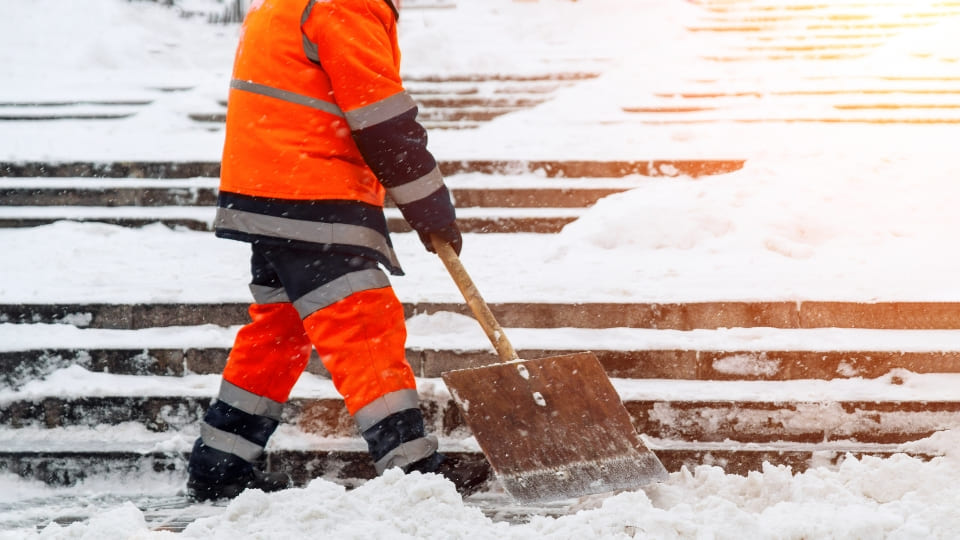
If you are the landlord of a single-family rental home, you can include snow removal as a tenant responsibility in your lease agreement. This can be a helpful method for ensuring that snow is cleaned quickly and efficiently following a snowstorm.
When creating the leasing agreement, it is critical to be explicit about your snow removal requirements. This involves stating when and where the snow should be shoveled, as well as the width of the path. You should also specify what will happen if the snow needs to be cleared promptly, such as fines or penalties.
It is critical to express these expectations to your tenants in writing and in a transparent manner. This can help prevent misunderstandings and keep everyone on the same page. Consider giving your tenants resources or gear to assist them clear snow more successfully, such as shovels or snow blowers.
Remember that it is your responsibility as a landlord to ensure that your rental property is safe and habitable for your tenants. This includes keeping all areas around the property free of snow and ice. You may assist in guaranteeing that your property is safe and accessible throughout the winter months by incorporating snow removal obligations in your lease agreement.
Snow removal laws and ordinances at the state and local levels
Landlords must be informed of state and municipal snow removal rules and ordinances that may apply to their rental property. These rules differ based on your location and the sort of property you own, so it is critical to do your homework and understand your responsibilities. You can learn more about snow removal laws – Here
Property owners are responsible for keeping the pathways and parking areas around their rental homes clear of snow and ice. This is crucial for your tenants’ and guests’ safety, and many local statutes mandate it.
Several local laws typically require landlords to be responsible for snow removal in multifamily buildings. This includes clearing sidewalks, driveways, and parking places as soon as possible after a snowfall. Failing to comply may result in fines or other consequences.
It is critical to stay current on local snow removal legislation and policies. This might assist you in completing your obligations as a landlord and avoiding any legal or financial ramifications. You should also check with a legal specialist or a property management expert for advice on snow removal obligations in your area.
Rental property snow removal tips and solutions
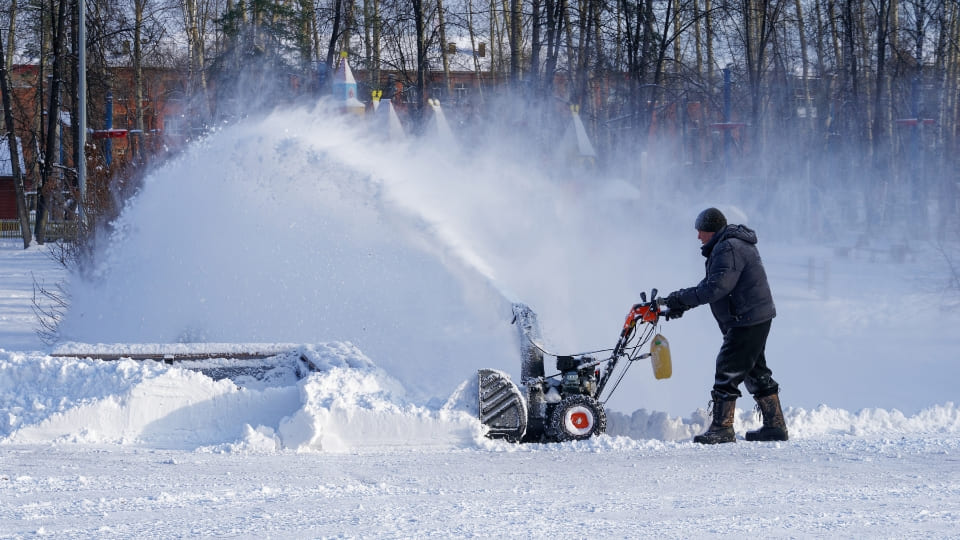
Snow removal is necessary for landlords to complete to keep their rental properties safe and accessible for tenants throughout winter.
Here are some advice and solutions to help you properly handle snow removal:
Select a reputable vendor: When it comes to snow removal, selecting a dependable and competent provider who can suit your rental property’s needs is critical. Seek for a vendor who has worked with rental homes before and can provide recommendations from previous landlords.
Make a contract: Once you’ve identified a vendor, signing a contract for snow removal services is critical as soon as feasible. This ensures that the vendor is available when you need them and understands the scope of the work needed. The services to be given, the frequency of snow removal, and the payment terms should all be specified in the contract.
Take the initiative: Wait to think about snow removal until the first snowstorm. As soon as the snow falls, ensure you have a plan in place, and your vendor is ready to go. This will assist in keeping your rental home accessible and safe for your tenants.
Speak with your tenants as follows: Keep your renters up to date on your snow removal strategy and any changes that may arise due to weather conditions. This will allow them to organize ahead of time and secure safe entry to their rental property.
Following these recommendations and solutions can help guarantee that your rental property is well-maintained during winter.
You May Also like the following:
- Who Is Responsible for Clogged Toilet Landlord or Tenant?
- Are Landlords Responsible for Pest Control in Texas?
- Do Tenants Have to Clean Carpets When Moving Out?
FAQs
What should I do if my landlord fails to remove snow from my rental property?
If your landlord fails to clear snow from your rental property, the first step is to notify them in writing of the problem. You can also examine your lease agreement and local legislation to discover if there are any specific snow removal obligations. You can notify local authorities or seek legal counsel if the problem persists.
Can I be evicted for failing to remove snow from my rental property?
Failure to clear snow from a rental property is not usually grounds for eviction. However, snow removal is explicitly stated in the lease agreement as a tenant’s responsibility, and the tenant fails to comply. In that case, the landlord may be allowed to take legal action or impose penalties such as fines.
Is snow removal the landlord’s or the property management company’s responsibility?
The obligation for snow removal varies based on the type of property and local laws. With multifamily dwellings, the task usually lies on the landlord, although for single-family residences, it can be delegated to renters or incorporated in the lease agreement. Snow removal may be handled by property management businesses as part of their services, although the ultimate responsibility is usually with the property owner or landlord.
Conclusion
To summarise, landlords and tenants must understand their roles in snow removal at rental homes. Snow removal usually is the responsibility of landlords in multifamily housing. In contrast, tenants in single-family houses may be accountable depending on local legislation and the terms of their lease agreement.
It is critical for landlords to establish a snow removal contract as soon as feasible and to engage a reputable vendor to satisfy the property’s needs. Furthermore, landlords should spell out their expectations for snow removal in the lease agreement. Tenants should also be aware of their obligations and take action as soon as possible to clear snow and ice.
Understanding and carrying out these tasks can ultimately assist in ensuring the safety and accessibility of rental properties during the winter months.



